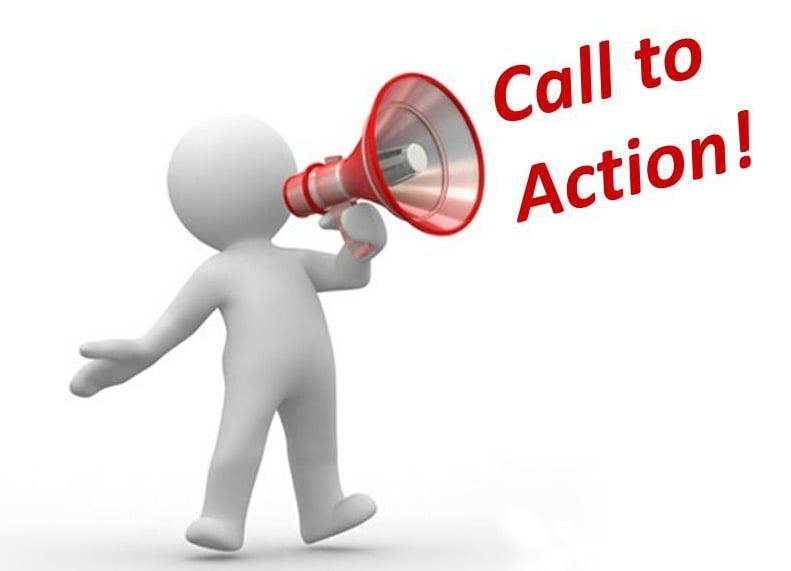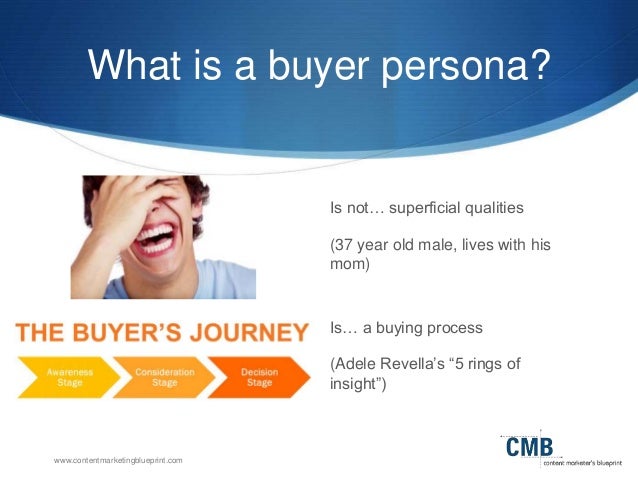In my last SEO blog post, I talked about what a buyer persona is, and talked about the three stages a buyer may go through. The three stages were: Awareness, Consideration, and Decision. In this blog, I am going to talk about the article that I wrote about for the website of the product I created last semester for a Promotional Strategy class.
The product that I created was a pair of heat activated wide receiver football gloves. The website that I created for the product can be accessed in the following link:
http://erubel.wix.com/scorchers. The three personas that I decided to target based on a Hubspot example worksheet, were demographic information, what a day in the life of a person in the selected target market looks like, and where these people go for information. Some of the demographics of the target market that were important were age, gender, and geographic location. An average weekday in the lives of teenage boys who play football would be going to school, practice, and then going home and doing homework, possibly having some time to relax, and then going to bed. These boys are from the younger generation so they are most likely tech savvy. With that being said, these boys most likely use their phones often and search for information on their phones, laptops, or tablets.
Below is an example of what someone may be searching for in each stage, and how Scorchers(brand name I created) would create information that would be attractive to them.
Awareness Stage
The
persona is high school football players who buy football wide receiver
gloves. This person is expressing how they need help catching the
football and are unsure what can help. The audience skill level is
intermediate with the keyword being catching but football gloves most likely
will be mentioned. The buyer’s journey stage is at the awareness
stage. I would choose to post, and the format would be a video with a
how-to content structure. The video would contain the brand logo and
demonstrate that Scorchers can be a solution to a player who may be having trouble
catching the football. The grip on the gloves is sticky and will make it
much easier to catch the ball. The unique feature of the heat being
activated when it gets cold outside will also still be mentioned because it’s
what makes the product different. The title of this would be “Need gloves
that can help you perform and keep warm? Scorchers’ has you covered!”
Consideration Stage
The
persona in this stage could be that the person knows that he wants football
gloves to help him catch the football on the field, but he does not know which
brands are the best. The audience skill level is advanced and they are in
the consideration stage of the buyer’s journey stage. The topic/keyword
is football glove brands that are the best for catching. This person is
most concerned about the performance of the football gloves. This will be
a blog post, and the format will be a demo video of Scorcher’s athlete
endorsement Antonio Brown. Teenage kids most often look up to athletes
and like to wear gear that they are wearing. The goal of the video will
be to show Antonio Brown catching the ball and the voice in the video will be
emphasizing the comfort and grip of the gloves and emphasize how much the
gloves can increase the viewer’s performance. The content structure as
mentioned above is the best of Scorchers. The content title will be:
“Antonio Brown shows how Scorchers’ football receiver gloves can improve your
receiver catching skills.”
Decision Stage
The
persona in this stage will be that the buyer knows a select number of brands of
gloves he wants, but is hoping that one of them is offering a special deal or
has a coupon. The audience skill level is advanced and the buyer’s
journey stage is the decision stage. The topic/keyword that this person
will type in is football glove coupons or football glove special deals.
This will be an offer instead of a blog post and the format of it will be a
purchasing guide and the content structure is product focused. The buyer
knows what product he wants so this offer will be attached to the product image
itself. The content title will be “Scorchers’ 10% first pair of football
receiver gloves.












